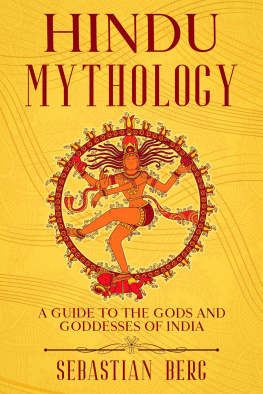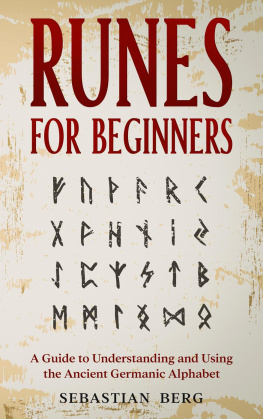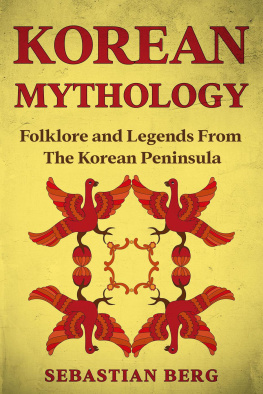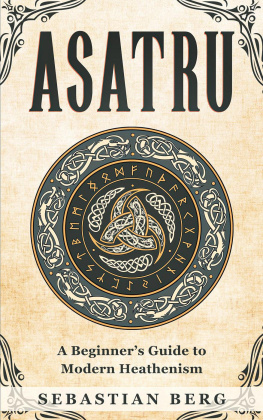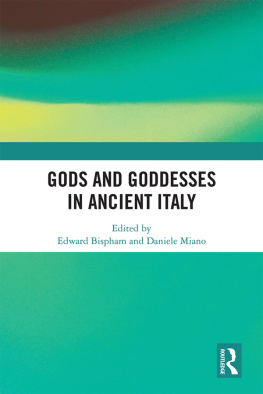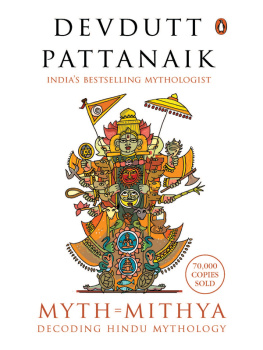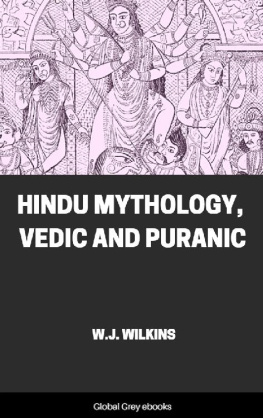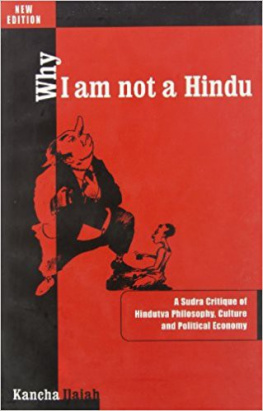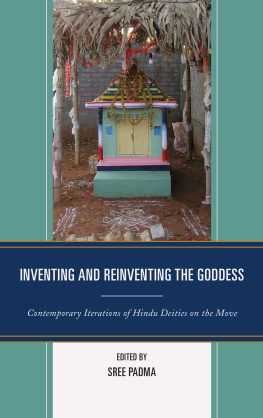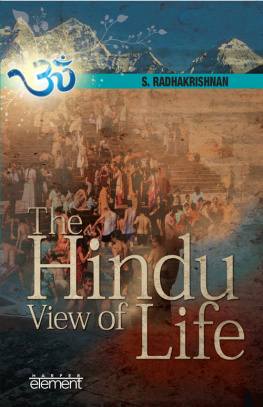Hindu Mythology
A Guide to the Gods and Goddesses of India
Copyright 2021 -Creek Ridge Publishing All rights reserved.
The content contained within this book may not be reproduced, duplicated, or transmitted without direct written permission from the author or the publisher.
Under no circumstances will any blame or legal responsibility be held against the publisher, or author, for any damages, reparation, or monetary loss due to the information contained within this book, either directly or indirectly.
Legal Notice:
This book is copyright protected. It is only for personal use. You cannot amend, distribute, sell, use, quote or paraphrase any part, or the content within this book, without the consent of the author or publisher.
Disclaimer Notice:
Please note the information contained within this document is for educational and entertainment purposes only. All effort has been executed to present accurate, up to date, reliable, complete information. No warranties of any kind are declared or implied. Readers acknowledge that the author is not engaging in the rendering of legal, financial, medical, or professional advice. The content within this book has been derived from various sources. Please consult a licensed professional before attempting any techniques outlined in this book.
By reading this document, the reader agrees that under no circumstances is the author responsible for any losses, direct or indirect, that are incurred as a result of the use of information contained within this document, including, but not limited to, errors, omissions, or inaccuracies.
Table of Contents
H indu mythology is vast and features many gods and goddesses, most of whom have multiple variations of their names and associations. According to the Hindu religion, these deities were once human or superhuman beings. Some of them are still worshipped today as the gods and goddesses of the Hindu religion. In addition, many Hindus worship certain animals or objects that represent their deities.
H indu mythology first appeared during the Vedic Period, which was between 2300 B.C. and 1500 B.C. The essence of Hinduism is described through the Vedic literature that comprises the Vedas, the Brahmanas, and the Upanishads. Hindu mythology covers a vast amount of time and space, beginning approximately 3500 B.C., and continuing well into the 21st century A.D. The Hindu religion does not have a Holy Book, like the Bible or the Koran which is seen as having been inspired by a divine being, but instead, is made up of many books written by various authors. The books that are considered part of Hindu mythology include the Ramayana, the Mahabharata, the Bhagavad Gita, and The Upanishads.
There are many Hindu deities, and they are inspired by human traits as well as aspects of nature. They are worshipped according to either their benevolent or destructive natures. Some of the most worshipped deities are Vishnu, Shiva, Lakshmi Devi, Ganesha, Krishna, Rama, and Kali. The word Hindu is derived from the Sanskrit word Sindhu, which refers to the historical name for the Indus River in northwestern India. The Hindus refer to themselves as Hindu, which is derived from the word Sindhu. The historical context in which Hindu mythology appeared includes prehistoric cities in the Indus River valley.
At first, there was no definitive collection of Hindu myths because there were so many variations on each myth. Eventually, many areas merged their stories to create a more central collection, but not all regions agreed to what was included. This eventually led to the main collection of Hindu mythology that included stories about the creation of the universe, the origins of man, and other significant events that play a major role in Hindu culture.
H indu deities are worshipped as both supreme beings and as local spirits. In addition, they are symbols of one or more aspects of nature and are believed to be guardians or upholders of different elements such as land, water, fire, sun, moon, air, and stars. They are often the source of many Hindu laws and principles. Often, they seem to be more powerful than humans, but only because the limitations of humans prevent them from seeing beyond what they can imagine.
This guide will focus on the primary gods and goddesses of the Hindu religion. It will begin with a description of the Brahman, which is one of the most important concepts in Hindu mythology. Next, it will discuss Brahma, who is considered to be one of the principal deities by many Hindus, but not all. Then the guide will progress through detailing Vishnu and Shiva, who are two very powerful Hindu gods, though they are not worshipped by all Hindus. It will conclude with a section on the goddesses of Hinduism, which includes Parvati, the wife of Shiva, Lakshmi, who is Vishnus consort, and Shakti, who represents the power in reality.
Brahman - The Supreme Reality
T he Supreme Reality in Hindu mythology is called Brahman. This reality contains all other realities and gods, but it does not have a specific form or personality. All the manifestations of the Supreme Reality are contained within one form, which has been described as being infinite, beginningless, and endless. In addition to containing all other forms of existence, Vedic literature also describes Brahman as being the ultimate cause of all causes. It is present everywhere in everything, even though it cannot be seen.
In Indian mythology, Brahman encompasses everything that exists in reality and everything beyond physical existence because the Vedic religion recognizes that existence itself is part of a much larger system. In other words, not only does Brahman contain all other realities, but it also explains how those realities exist. For example, Brahman causes a seed to turn into a plant and continues to make up all aspects of that plant, from the root to the leaf. Similarly, everything that exists is an outflow or part of one universal reality that Brahman created.
Next page
